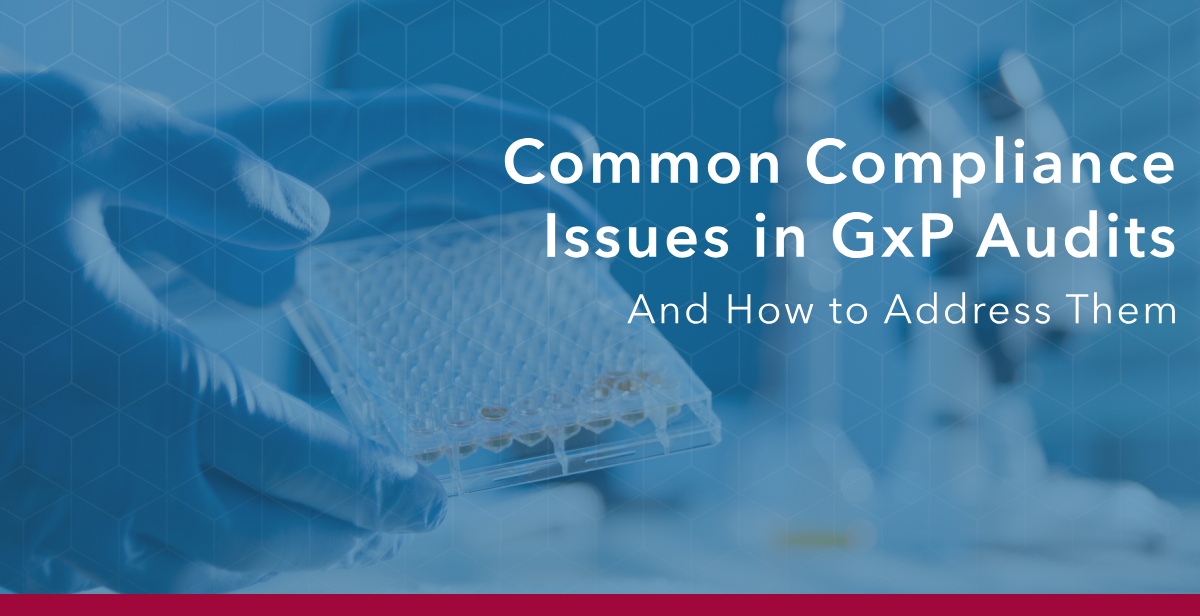Compliance
Common Compliance Issues in GxP Audits and How to Address Them

In the pharmaceutical and biopharmaceutical industries, staying audit-ready is vital for regulatory compliance: common compliance issues often occur during GLP and GMP audits, making a solid understanding of GxP requirements key to preventing operational setbacks.
Compliance issues in pharma are common, especially during audits: understanding and adhering to GxP compliance requirements is essential for avoiding these issues and maintaining operational integrity.
GxP compliance refers to the regulations and guidelines governing Good Practice standards across various sectors, like Good Laboratory Practice (GLP) and Good Manufacturing Practice (GMP) in the pharmaceutical and biopharmaceutical industries, ensuring the safety, quality, and efficacy of products.
This post draws on insights from the interview led by Nathan Roman along with regulatory expert Nan Huddy and explores what compliance issues are most common and how to address them.
